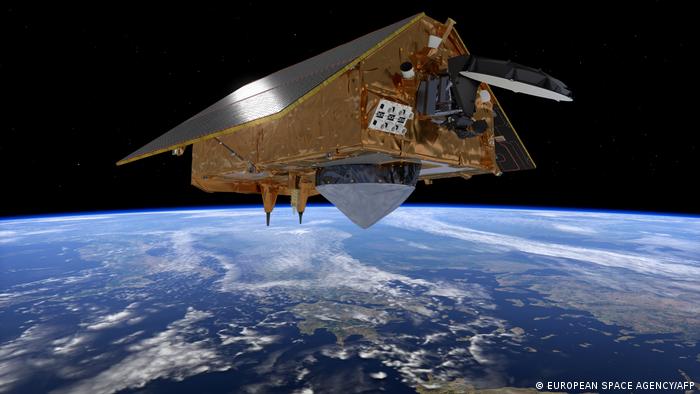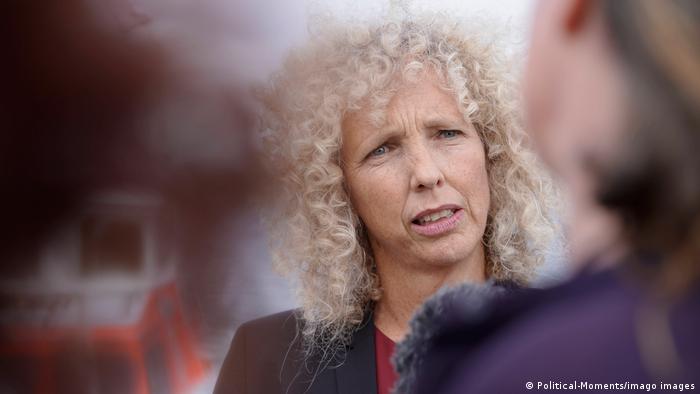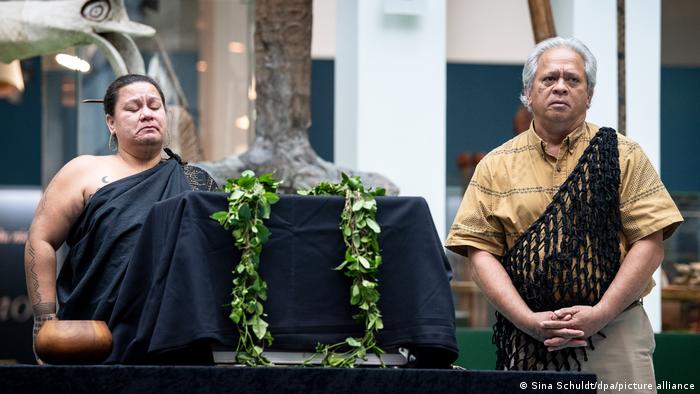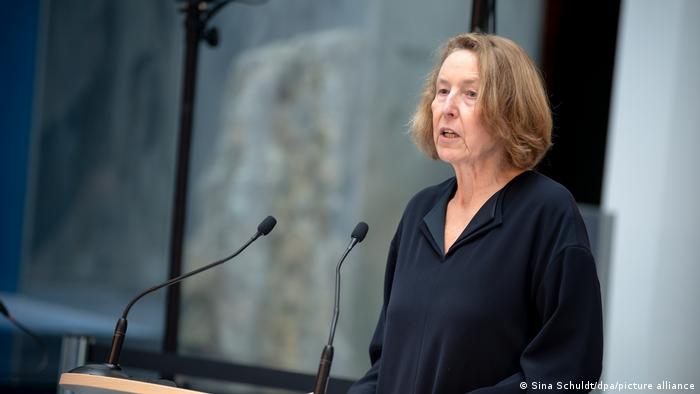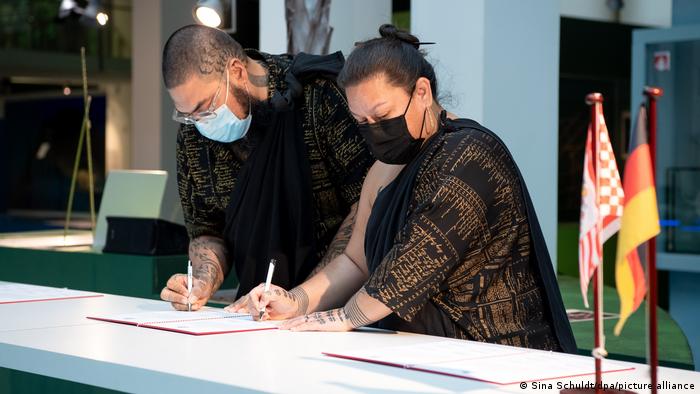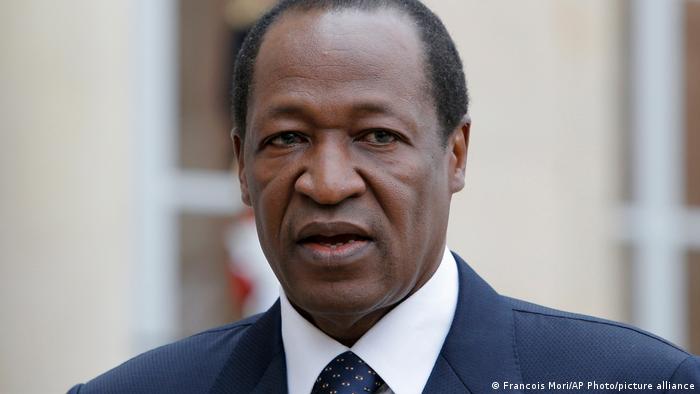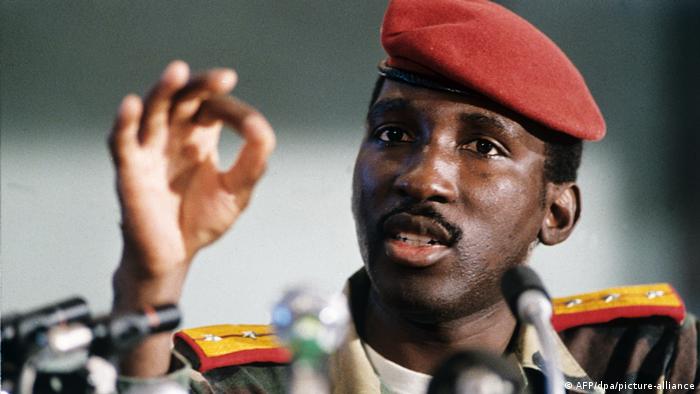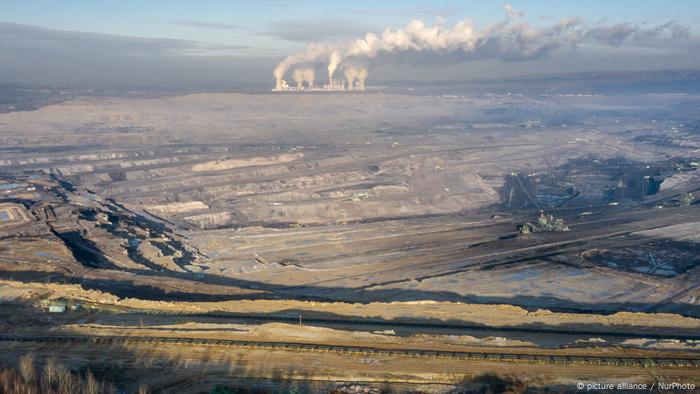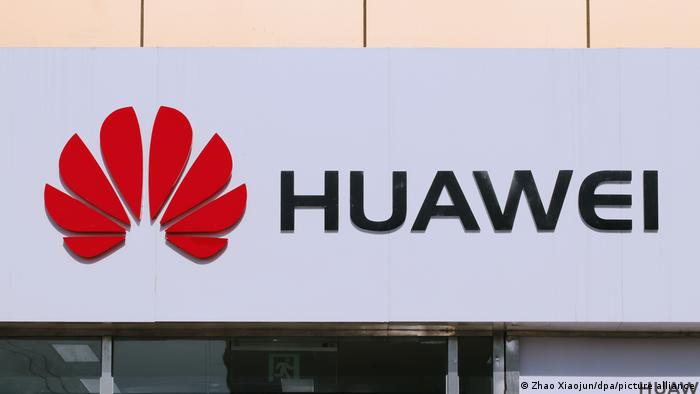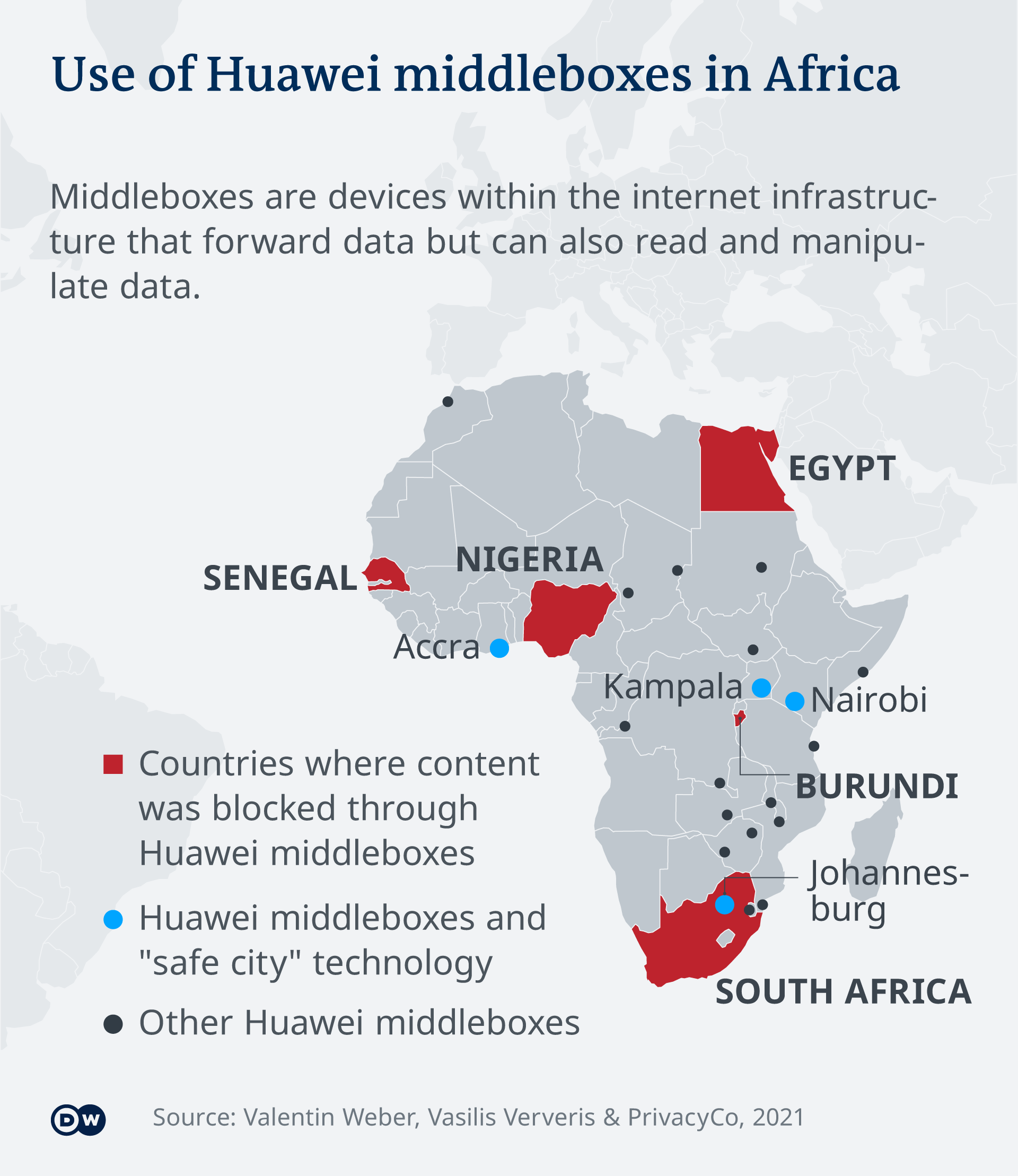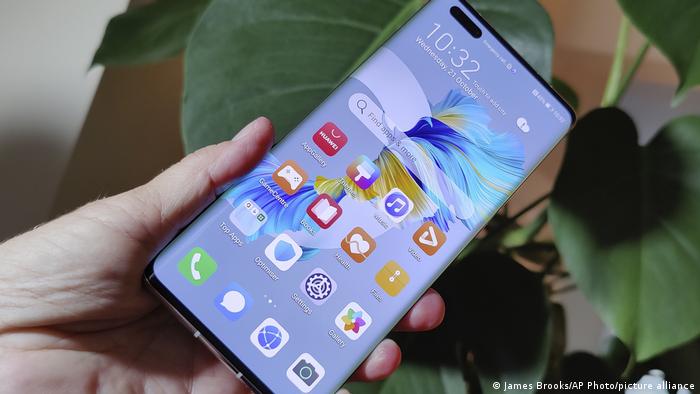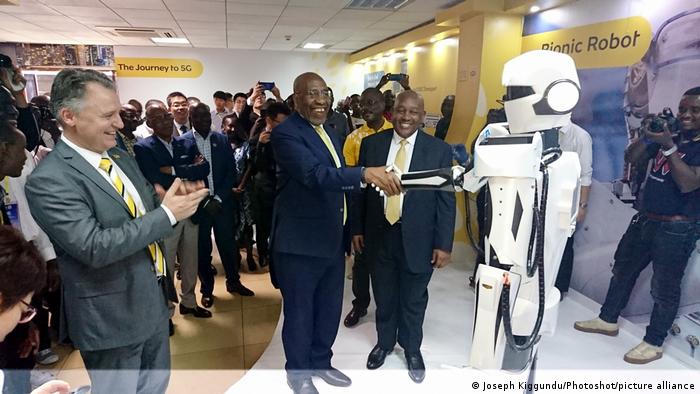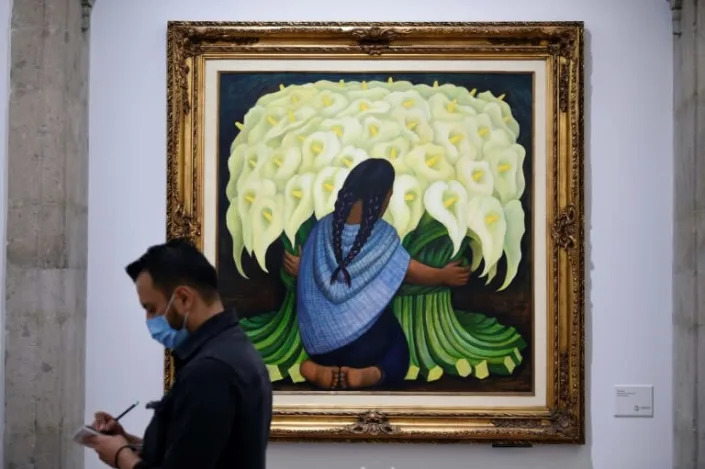



Citi exit sparks angst for Mexican cultural treasuresA man takes notes in front of Diego Rivera's "Vendedora de alcatraces" (Calla Lily Vendor) -- part of the Banamex collection, whose impending sale has sparked calls for the cultural treasures to stay in Mexico
Yussel Gonzalez
Tue, February 8, 2022, 10:47 PM·3 min read
Paintings by Frida Kahlo and Diego Rivera are among the cultural jewels whose looming sale has sparked concerns about the future of one of Mexico's most important private art collections.
US banking giant Citi's decision to exit Mexican consumer banking by selling its Banamex unit has triggered worries not just about the employees but also its treasure trove of art.
Mexican President Andres Manuel Lopez Obrador wants the Banamex collection -- comprising hundreds of artworks as well as colonial-era buildings acquired over decades -- to remain in Mexico.
"We're talking about art collections from the best artists, painters in Mexico and the world," he said.
Lopez Obrador has urged Mexican investors to buy Banamex, one of the country's top banks.
Potential buyers include Mexico's richest man, Carlos Slim; controversial businessman Ricardo Salinas Pliego; and Carlos Hank Gonzalez, who runs the Mexican bank Banorte, he said.
The appeal comes at a time when Lopez Obrador's government is seeking to prevent Mexican artifacts from being auctioned abroad.
The Banamex collection "should become national property for its preservation," said Mexican Foreign Minister Marcelo Ebrard, who believes it would be recompense for bank bailouts by the government in the 1990s.
- 'Incalculable value' -
Banamex is one of Mexico's oldest banks.
It began operating in 1884 and its art collection has not stopped growing, even when it was sold to Citigroup in 2001.
The collection has an "incalculable value," said Hilda Trujillo, a specialist in 20th-century Mexican art and former director of the Frida Kahlo and Diego Rivera Anahuacalli museums in Mexico City.
"It should be treated with the utmost care as part of the country's patrimonial and artistic heritage," she added.
The artworks "are an integral and indivisible part" of the sale, so whoever buys the commercial banking unit must also acquire the collection, said Alberto Gomez Alcala, a director at Banamex.
He declined to put a value on the artwork.
"The number in pesos and cents does not matter. That's why we say that it is invaluable, and we're sure that it will continue to be so," he told journalists.
The collection includes works such as "Vendedora de alcatraces (Calla Lily Vendor)," which Diego Rivera, one of the greatest Mexican muralists of the 20th century, painted in 1942.
The painting occupies a prominent place inside the Foro Valparaiso, an 18th-century building located in the heart of Mexico City that also belongs to the bank.
It is accompanied by equally important 20th-century works such as Frida Kahlo's "Los frutos de la tierra" (Fruits of the Earth, 1938)" and David Alfaro Siqueiros's "Mujer con metate" (Woman with Metate, 1931).
The works date back even further to the 19th century, including landscapes of the Popocatepetl and Iztaccihuatl volcanoes, painted by the artist Jose Maria Velasco.
"It is without doubt one of the most important collections recreating the history of painting in Mexico," said Angelica Velazquez, director of the Institute of Aesthetic Research at the National Autonomous University of Mexico.
"It would seem very difficult to me for the next owners to be insensitive to the value of the collection for the country," she said.
yug/dr/jh/cwl


